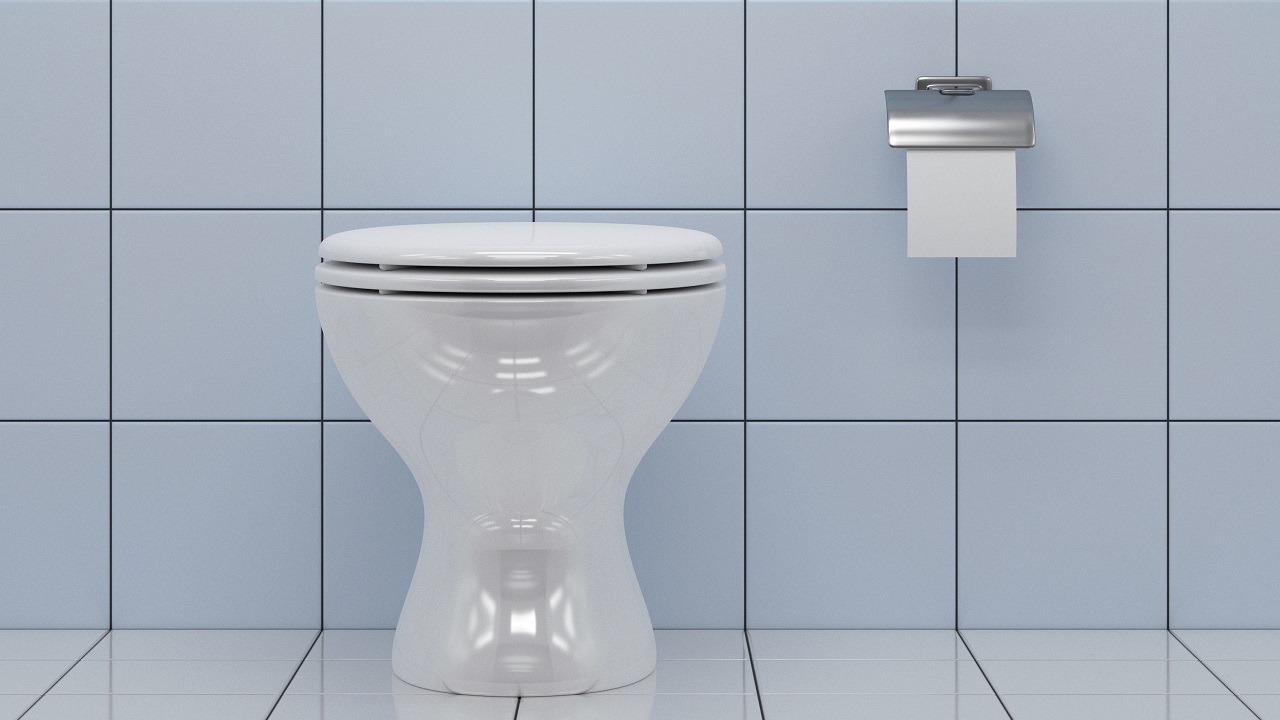As Alzheimer’s disease and other forms of dementia progress, seniors experience more than just memory issues. Dementia patients’ functional abilities begin to decline, affecting their health, quality of life and ability to live independently.
Basic activities of daily living (ADLs) are used to measure functionality across six different tasks that are necessary for proper self-care. Although continence and toileting are two ADLs that are affected by the natural aging process, the skills needed to safely and independently complete these intimate skills is significantly impacted by dementia. Occasional incontinence events or “accidents” commonly progress into chronic incontinence issues during the middle to late stages of Alzheimer’s and other dementias.
Understanding Dementia and Toileting Issues
Toileting refers to an individual’s ability to independently get to the toilet, use it properly and clean themselves effectively. Although this is second nature for most people, dementia patients face a variety of challenges that interfere with their ability to use the toilet.
There are several types of incontinence that have different underlying causes. Dementia patients typically experience functional incontinence; their urinary system and/or digestive system works normally, but they experience a loss of bladder and/or bowel control due to an inability to get to the bathroom or use it properly. Cognitive deficits cause toileting difficulties because the individual doesn't recognize the urge to “go,” can't communicate their needs, has difficulty accessing the restroom and can't remember the toileting process.
In What Stage of Dementia Is Incontinence a Problem?
In the middle stage of dementia, patients often experience increasing disorientation—even in familiar settings—and tend to get confused more easily while carrying out multi-step processes. A senior with Alzheimer’s may forget where the bathroom is located in their own home, what the toilet is for, and the steps needed for proper toileting. This can result in a dementia patient failing to locate and get to the bathroom in time, struggling to remove and put on their clothes, urinating and/or defecating in places other than the toilet, and neglecting personal hygiene. Cognitive and functional declines cause toileting problems to worsen throughout the middle stage of the disease, even with increased assistance and supervision.
As a dementia patient’s impairment becomes more severe, occasional accidents eventually progress into a full loss of bladder and bowel control that is not related to toileting difficulties. Late stage Alzheimer’s is marked by an inability to respond to one’s environment, identify bodily urges, control movements and communicate needs. In the final stages of dementia, patients become completely dependent on others for their personal care.
Incontinence is identified by many dementia caregivers as one of the most challenging care issues to deal with. At the first signs of incontinence, seek medical attention to rule out any treatable causes of bladder/bowel control issues, such as a urinary tract infection (UTI), medication side effects, or constipation. If no reversible cause is identified, implementing the following strategies may help with managing toileting issues and incontinence at home.
Incontinence Care Tips for Dementia Caregivers
Improve visibility and accessibility of the bathroom.
Leave the door open and the light on to ensure a dementia patient can find the bathroom quickly and easily. Consider labeling the door with a descriptive photo to trigger recognition of the bathroom.Choose adaptive clothing.
If buttons or zippers are inhibiting a patient’s ability to remove their clothing and contributing to accidents, consider buying pants with elasticized waistbands or closures that are easier to use (e.g., Velcro, snap buttons).Improve bathroom safety.
Seniors with mobility challenges may not get to the toilet in time because it’s hard for them to move quickly. Additionally, as cognitive issues arise, so do fears and uncertainties. Consider additions or modifications that may be needed to prevent stressful and/or dangerous situations. Does the bathroom have a nightlight? Are the floors clear of hazards? Could grab bars and/or a toilet seat riser provide added stability and reassurance while toileting? Just be sure to avoid clutter and distractions in the room.Improve visibility of the commode.
Use a toilet bowl cleaner that colors the water and/or a toilet seat that lights the bowl in order to improve “aim.” Adult males may be more comfortable sitting while urinating to reduce messes caused by low vision. Remove waste baskets or other objects that a dementia patient may confuse for the commode.Schedule regular trips to the bathroom.
When a dementia patient loses the ability to communicate and express the need to void, caregivers must be proactive about scheduling toileting breaks. Watch for non-verbal cues that might indicate the need to use the toilet. Encourage a senior to visit the bathroom upon waking, after each meal and before bed. Timed voiding throughout the day may help minimize accidents as well.Provide verbal assistance with the toileting process.
Provide simple, straightforward prompts regarding the steps involved in toileting. Dementia caregivers also report some success with making instructional signs. Simple reminders to flush the toilet or wash your hands with descriptive pictures may be helpful to seniors who can still process what they read.Limit resources.
Overuse of toilet paper or tissue “obsessions” are often frustrating for care providers and can wreak havoc on household plumbing. Some caregivers limit access to toilet paper or install an aftermarket bidet to minimize the need for toilet tissue. Adding a bidet nozzle or handheld bidet to an existing toilet simplifies personal care by spraying private areas to remove waste.Replace undergarments with incontinence briefs.
Seniors who are resistant to wearing incontinence products, may be pleasantly surprised by the advances that have been made in incontinence supplies. Disposable briefs allow for a comfortable fit and leak protection in styles that resemble underpants. Absorbency plays an important part in improving personal hygiene and maintaining skin integrity.Use absorbent pads on furniture and the bed.
A waterproof mattress cover will protect the mattress from soiling, while oversized bed pads can be used to protect bedding, other furniture and even car seats. Incontinence pads come in many sizes and may be disposable or washable/reusable. Try placing a portable commode near a dementia patient’s bed for easier toileting if overnight accidents are an issue.Maintain dignity.
Incontinence care requires patience, understanding and a commitment to upholding your loved one’s dignity. Family caregivers sometimes draw the line at providing incontinence care for an aging parent. When dementia progresses into total care, a loved one’s needs may be more extensive than can be safely and comfortably met at home. Placing a dementia patient in the care of dedicated, trained professionals ensures that their needs are met safely and appropriately.

